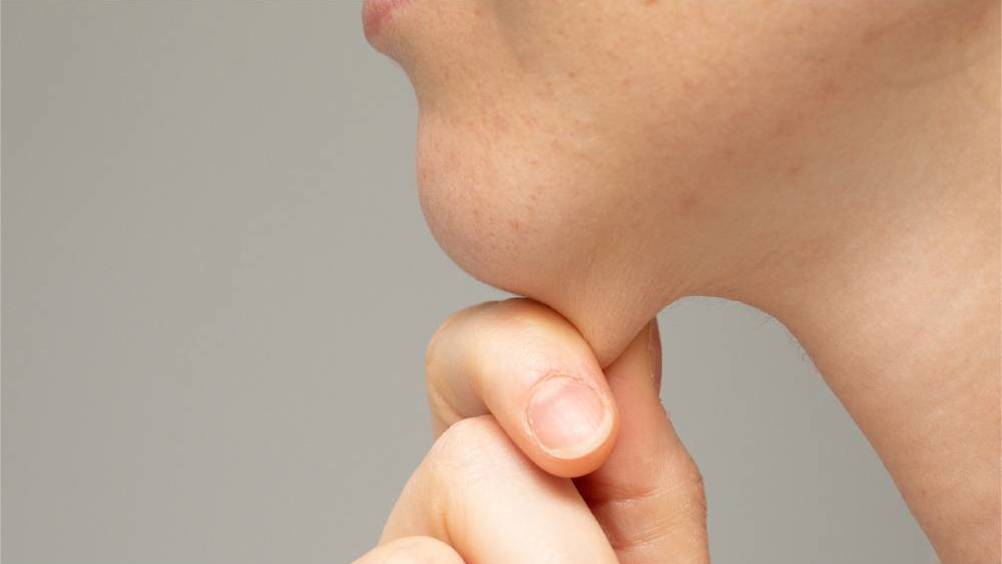References
Body dysmorphic disorder is important, but are we missing other serious dysmorphias?

Abstract
In recent years, there has been a shift in focus towards aesthetic patients with potential mental health issues. One such illness is body dysmorphic disorder. Deborah Sandler outlines the disorder and also details other potential dysmorphias that aesthetic practitioners could miss

There has been a lot of talk about the need for aesthetic practitioners to recognise the possibility that a client suffers from body dysmorphic disorder (BDD), perhaps with the aid of screening tests. However, my purpose here is to draw attention also to situations where a client may be afflicted by other serious kinds of dysmorphia, which have received much less attention than they deserve.
The word ‘dysmorphia’ is too often bandied about in social and other media in a rather casual and potentially misleading way. It is important to avoid its misuse. By itself, the word, from its ancient Greek derivation, just means dissatisfaction with bodily shape and appearance. This is not at all the same thing as BDD. Surveys show that nearly everybody is dissatisfied with some aspect of their bodily appearance and is likely to find some part or parts of their body less attractive than they would like. So, all patients seeking a procedure can be said to experience dysmorphia to some degree—something about their appearance causes them dissatisfaction.
Register now to continue reading
Thank you for visiting Journal of Aesthetic Nurses and reading some of our peer-reviewed resources for aesthetic nurses. To read more, please register today. You’ll enjoy the following great benefits:
What's included
-
Limited access to clinical or professional articles
-
New content and clinical newsletter updates each month


